Hi there, pet lovers! 🐸
If you’re searching for a small, vibrant, and captivating pet that thrives in a beautifully planted enclosure, the Whitebelly Reed Frog (Heterixalus alboguttatus) might be your perfect match. These tiny frogs pack a punch with their striking colors, lively personalities, and manageable care requirements—making them a fantastic choice for both beginners and experienced keepers.
In this detailed review, we’ll explore everything you need to know about Whitebelly Reed Frogs, from their ideal habitat setup to their feeding habits and unique quirks. Whether you’re considering your first amphibian or expanding your collection, this guide will help you decide if these little gems are right for you.
Overview
Whitebelly Reed Frogs are small, arboreal amphibians native to Madagascar, known for their bright colors and active nature. Here’s a quick snapshot of what makes them special:
- Handling and Temperament: Delicate and not suited for handling, but highly entertaining to observe.
- Care and Maintenance: Moderate care needs with a focus on humidity, water quality, and bioactive setups.
- Health and Durability: Hardy when kept in stable conditions but sensitive to toxins and poor water quality.
- Availability: Less common than other frogs but found through specialized breeders.
- Cost: Affordable frogs with moderate setup costs for a proper vivarium.
- Overall: A rewarding pet for those who enjoy observing rather than handling their animals.
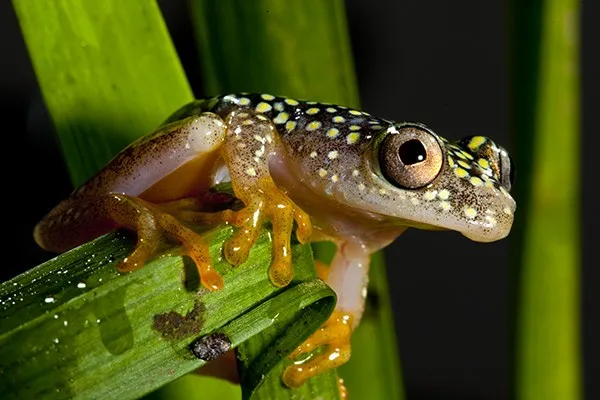
Why Choose a Whitebelly Reed Frog?
Whitebelly Reed Frogs are ideal for hobbyists who want a low-maintenance yet visually stunning amphibian. Their small size (1-1.5 inches) makes them perfect for compact enclosures, and their lively behavior—hopping, climbing, and even vocalizing—adds endless entertainment.
Unlike larger frogs, they thrive in groups, making them excellent for naturalistic, bioactive setups. Their long lifespan (5-8 years) and ease of breeding in captivity also make them a sustainable choice for dedicated keepers.
Handling and Temperament
Whitebelly Reed Frogs are strictly “look but don’t touch” pets. Their delicate skin absorbs toxins easily, and handling can cause stress or injury. However, their bold personalities shine in their enclosures—they’re active hunters, curious climbers, and occasionally even vocalize with soft chirps.
Behavior and Interaction
- Active and engaging: They love exploring their environment, especially when live plants and climbing branches are provided.
- Social dynamics: Keeping them in small groups encourages natural behaviors, but ensure the enclosure isn’t overcrowded.
- Nocturnal habits: Most activity occurs at night, but they’ll often perch visibly during the day.
Note: Always wash hands before and after any enclosure maintenance to avoid transferring harmful residues.
Care and Maintenance
While not as demanding as dart frogs, Whitebelly Reed Frogs need specific conditions to thrive. Here’s a breakdown of their care requirements:
Enclosure Setup
- Size: A 10–20 gallon tall terrarium is ideal for 2–4 frogs.
- Climbing space: Being arboreal, they need vertical space with branches, vines, and live plants like pothos or bromeliads.
- Substrate: Use coconut fiber or sphagnum moss to retain humidity. A bioactive setup with springtails/isopods helps maintain cleanliness.
- Water feature: A shallow water dish or paludarium section is essential for hydration and egg-laying.
Humidity and Temperature
- Humidity: Maintain 60–80% with daily misting (use dechlorinated water).
- Temperature: 70–78°F during the day, with a slight drop at night. Avoid overheating!
Feeding
- Diet: Primarily small insects like fruit flies, pinhead crickets, and baby dubia roaches.
- Supplements: Dust food with calcium + D3 and a multivitamin weekly.
- Feeding schedule: Offer food every other day, adjusting quantities to prevent obesity.
Lighting
- UVB lighting: Optional but beneficial for plant growth and frog health.
- Day/night cycle: Provide 10–12 hours of light using low-wattage LEDs or ambient room lighting.
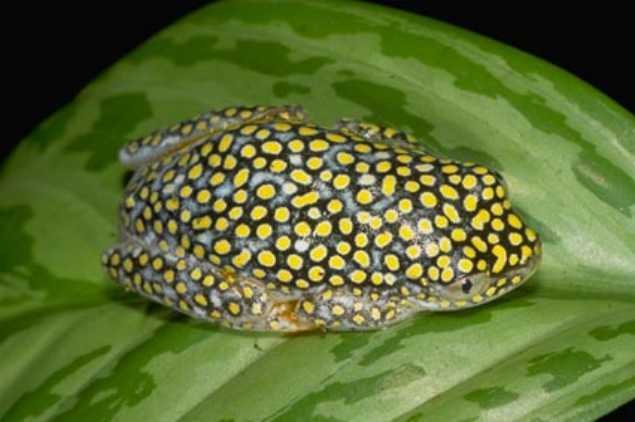
Health and Durability
Whitebelly Reed Frogs are relatively hardy but require stable conditions to avoid common health issues:
Potential Health Concerns
- Dehydration: Low humidity or poor water quality can lead to dry skin and shedding issues.
- Toxicity: Avoid chemical cleaners, untreated tap water, or pesticide-exposed feeders.
- Injuries: Their small size makes them prone to squishing—handle enclosure lids carefully!
Preventative Care
- Regular misting and clean water sources.
- Quarantine new frogs to prevent disease spread.
- Monitor appetite and activity—lethargy or weight loss can signal illness.
With proper care, these frogs can live 5–8 years, making them a long-term commitment.
Availability and Cost
Whitebelly Reed Frogs are not as common as some other amphibians but are increasingly available through:
- Specialized breeders (e.g., Josh’s Frogs).
- Reptile expos.
- Online reptile/amphibian retailers.
Cost Breakdown
- Frogs: $30 to $50 each, depending on morph and breeder.
- Enclosure setup: $100 to $300 for a bioactive vivarium (plants, substrate, lighting).
- Ongoing costs: Low—mainly feeders and occasional substrate refreshes.
Pros and Cons
Pros
✔️ Stunning colors and active personalities.
✔️ Great for bioactive setups with live plants.
✔️ Small size = space-efficient.
✔️ Social and fun to observe.
Cons
❌ Not for handling—strictly observational.
❌ Requires stable humidity/water quality.
❌ Less common than other frogs.
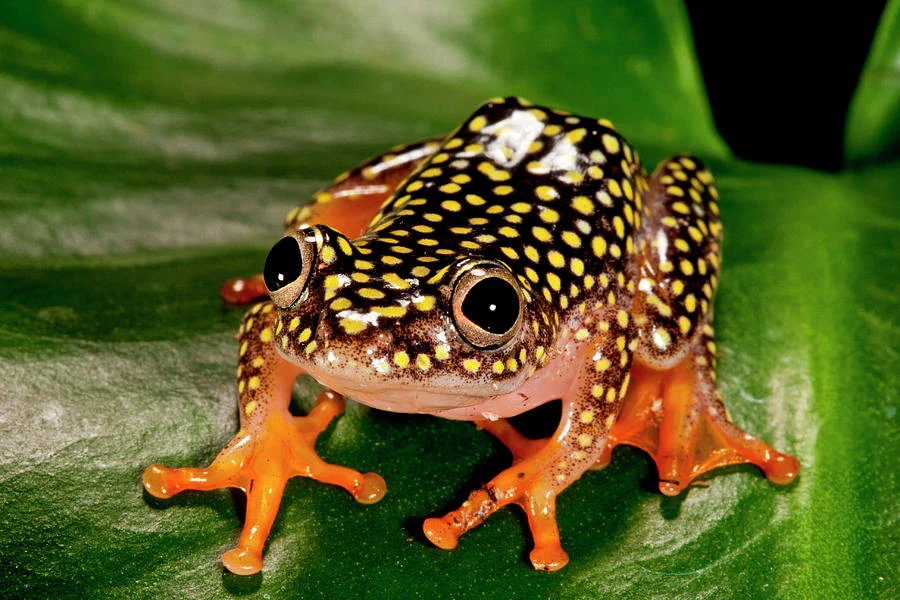
Final Thoughts
Whitebelly Reed Frogs are a fantastic choice for amphibian lovers who enjoy creating miniature ecosystems. Their care is manageable, their behavior is entertaining, and their vibrant colors make them a standout addition to any home.
If you’re ready to dive into the world of micro-frogs, these little jewels won’t disappoint. Always source from reputable breeders and prioritize a well-planned enclosure—your frogs will thank you with years of lively antics!
Have you kept Whitebelly Reed Frogs? Share your experiences in the comments!
For more amphibian care guides, stay tuned to our blog and subscribe for updates! 🐸

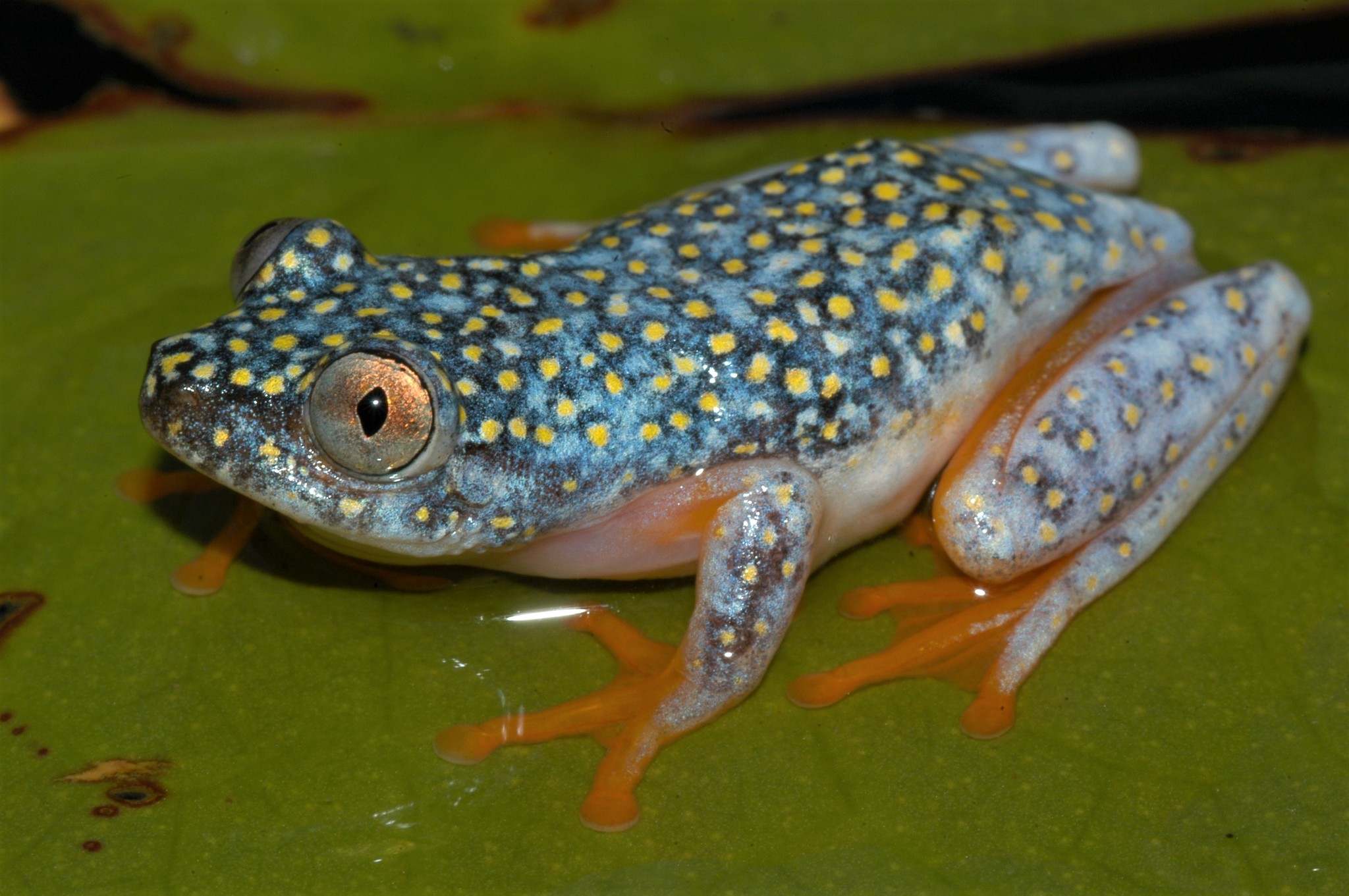


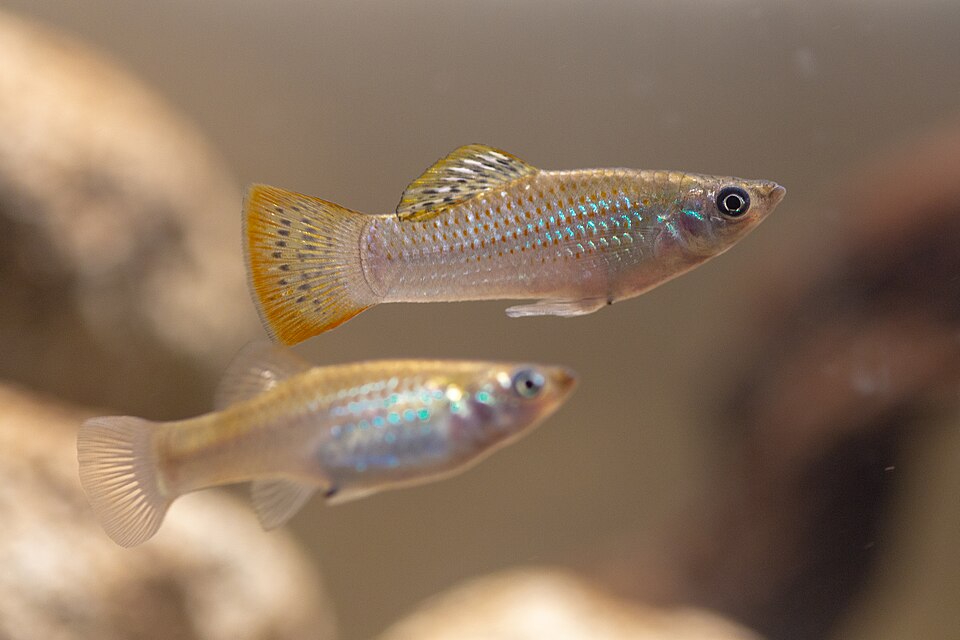

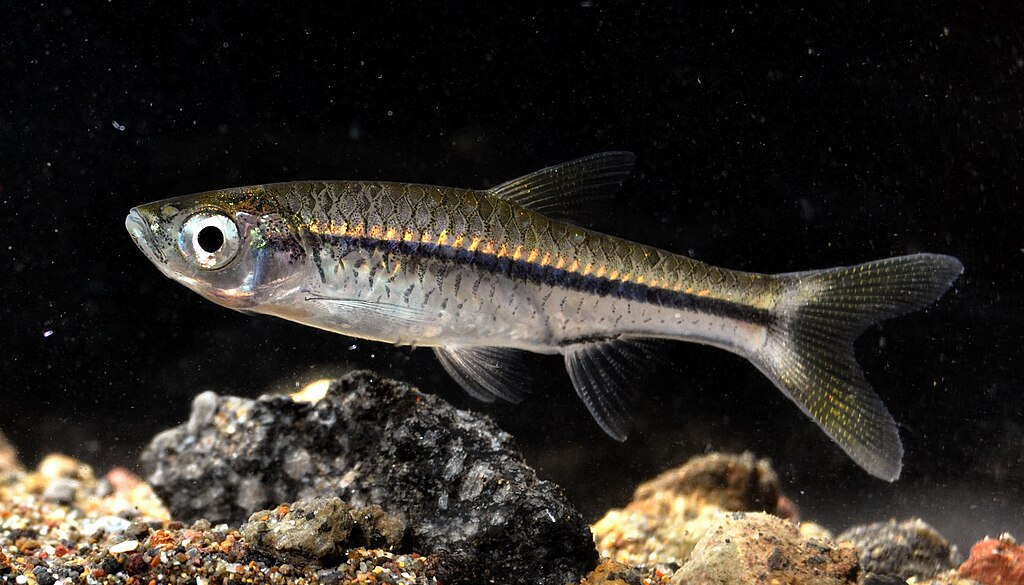
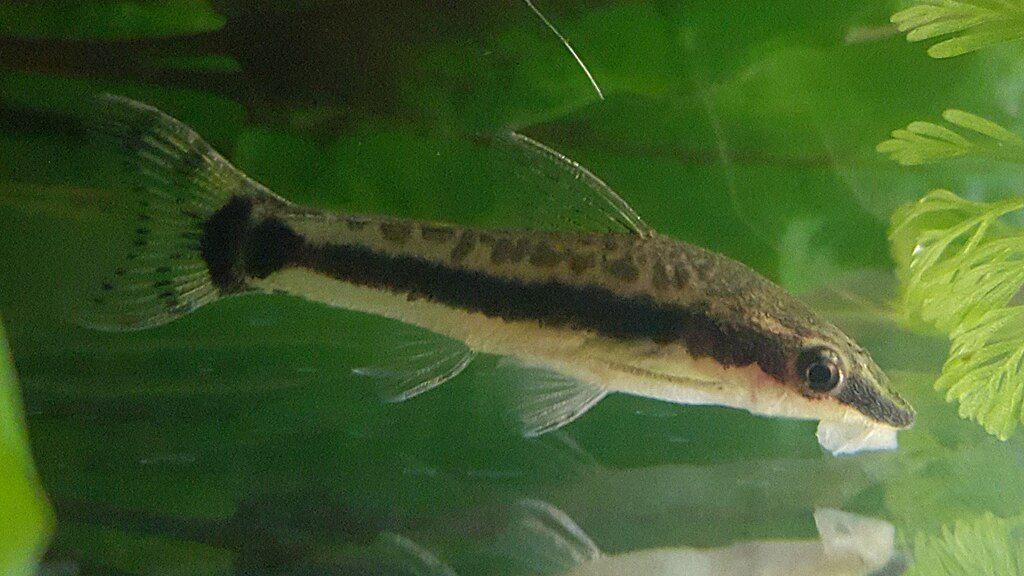
Leave a Reply